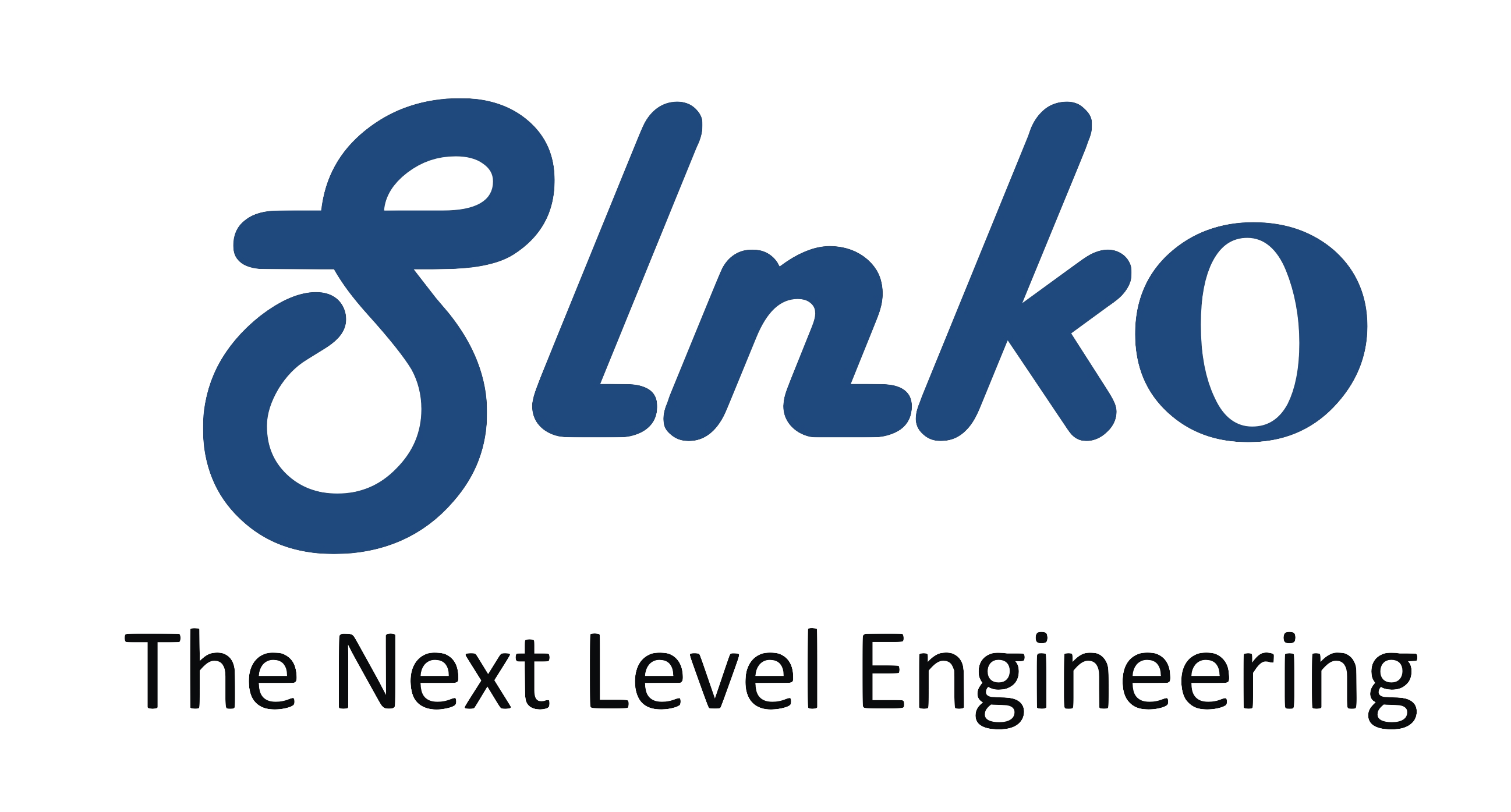




09th June 2020 | NOIDA | INDIA
At Paris climate agreement held under United Nations Framework Convention on Climate Change (UNFCCC) in 2015, India committed to lower its emissions by 33 to 35% by 2030. It also vowed to increase the share of electricity generated using non-fossil fuels to 40 per cent by 2030.
In continuation to its commitment made in Paris, India launched the International Solar Alliance (ISA) to deploy more than 1,000 GW of global solar generation capacity and mobilize investment of more than $1 trillion by 2030. Many energy specialists consider the ISA as the future OPEC (Organization of the Petroleum Exporting Countries) for meeting the energy needs of the world. They believe that solar power will play the same role that oil wells have played over the past few decades in meeting global energy needs.
Further to ISA, the Indian Prime Minister Narendra Modi called for the cross-border connection of solar power supplies and coined the phrase, ‘The Sun Never Sets’. Indian culture has always believed in “Vasudhaiva Kutumbakam” and following this, The Prime Minister called for a connection between solar power supplies over frontiers, offering the motto of ‘One Sun One World One Grid’ (OSOWOG).
How is this OSOWOG going to work?
Ministry of New and Renewable Energy (MNRE) is going to manage the complete program starting from early planning upto execution. With India at the centre, the solar spectrum would be divided into two wide regions.
– Far East which would include countries such as Myanmar, Vietnam, Thailand, Lao, and Cambodia &
– Far West involving African region and the Middle East.
The idea is to utilise solar power of one part when the sun is not shining in other parts of the world by building a common transmission system. All the participating countries would utilize solar and other renewable energy resources for meeting their electricity needs and peak demand. An assessment of renewable energy capacity of all the participant countries will be carried out followed by an analysis to figure out the reasonable way so that countries can share their renewable energy resources to satisfy their demand for electricity and rationalize their tariffs.
The OSOWOG initiative is planned across 3 phases:
PHASE 01: Middle East-South Asia-South East Asia (MESASEA) interconnection
PHASE 02: Solar and other Renewable Energy resources-rich regions’ interconnection
PHASE 03: Global Interconnection
How will the participating countries be benefited?
All three phases of this integrated grid are aimed to help all participating organizations to draw investments in renewable energy sources and make use of each other’s expertise, technologies and finances. Therefore, the proposed merger would result in lower project costs, higher efficiencies and better utilization of assets for all participating organizations. The resulted economic benefits would positively impact poverty relief, assistance in addressing water, sanitation, food and other socio-economic problems.
Huge opportunities may appear in coming years for EPC and Consulting companies. In the meantime, Indian companies shall focus on technological advancements to make themselves competitive both in terms of quality and pricing.
About Author
Nikita Tiwari is a Graduate in Energy Engineering with MBA in business analytics from BIT MESRA.